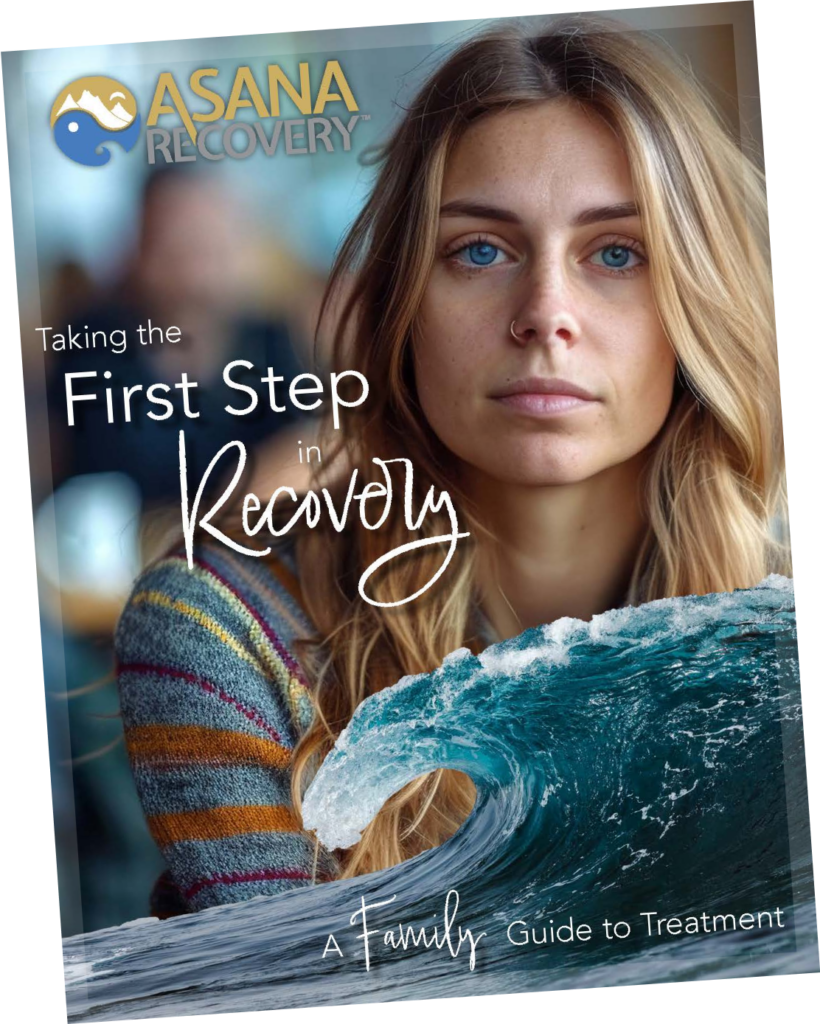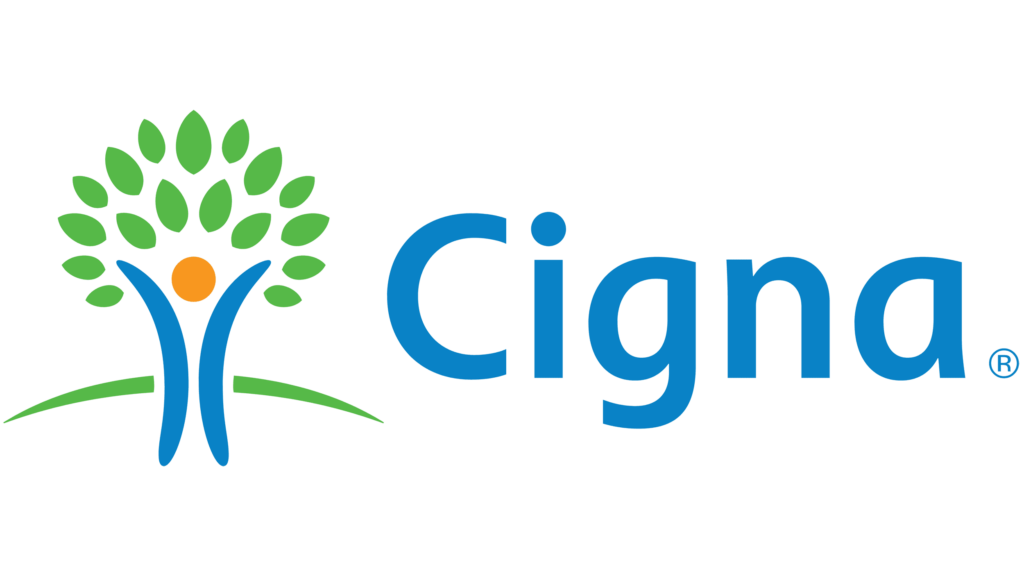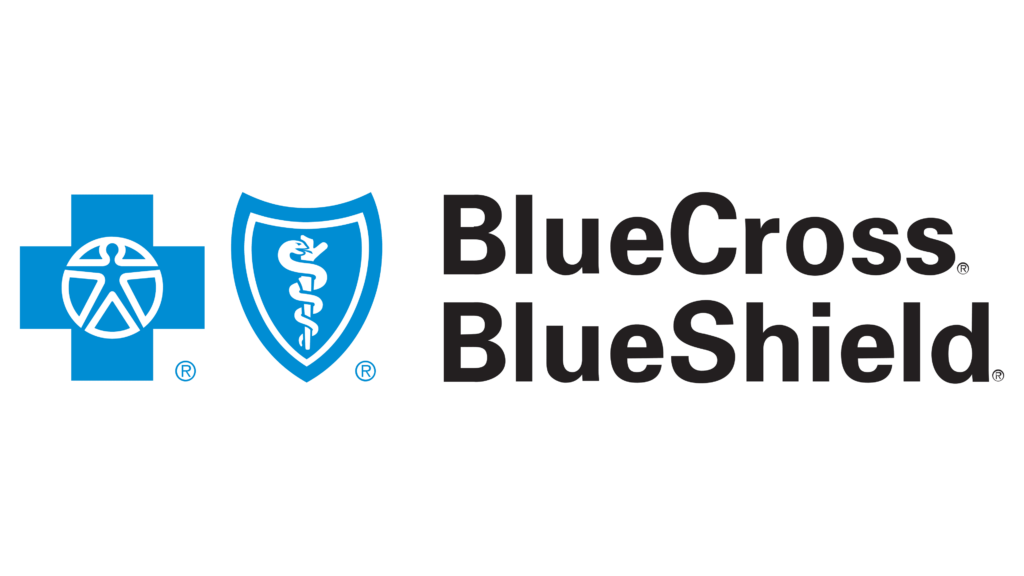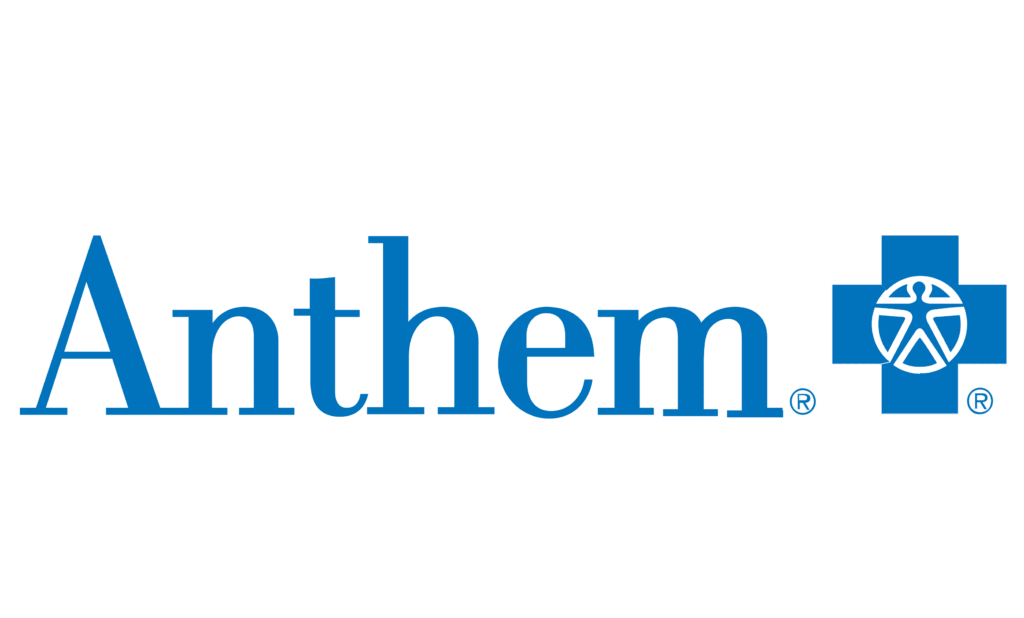Silicon Valley, the heart of the tech world, is known for its innovation, fast pace, and high stakes. While it’s a place where dreams are made, it’s also a place where people can easily get burned out. Burnout isn’t just feeling tired; it’s a state of emotional, physical, and mental exhaustion caused by too much stress over a long period. It’s like a battery that’s been drained and can’t recharge. In the tech industry, this is all too common. The pressure to always be on, to work long hours, and to constantly innovate can take a heavy toll.
The environment in Silicon Valley is often described as high-pressure. Deadlines are tight, expectations are sky-high, and the competition is fierce. This relentless pace can leave many feeling overwhelmed and drained. For some, this pressure leads to unhealthy coping mechanisms. One of the most dangerous of these is the turn to opioids. The link between burnout and opioid addiction is a serious problem we need to talk about openly. It’s important to understand how this happens and what can be done about it. We’re here to help you navigate this challenge. If you’re feeling this way, know that you’re not alone, and help is available. Contact Us today to start your path to recovery.
Opioids are powerful drugs that are often used to relieve pain. They can come in the form of prescription pills, like oxycodone or hydrocodone, or as illegal drugs like heroin. When opioids enter your body, they attach to receptors in your brain and spinal cord, reducing pain signals. They also create feelings of relaxation and euphoria. These feelings are the reason why people can get addicted to opioids, even without meaning to. Because they make you feel good, your brain starts to want more. This cycle can lead to addiction, a disease that changes how your brain works and makes it very hard to stop using opioids, even if you want to.
We’ve seen a rise in opioid addiction among tech workers in Silicon Valley. The reasons are complex but the high-stress environment is a major factor. Some start using opioids to manage the pain or exhaustion. Others may start recreationally to escape the pressure. However, what often starts as a way to manage stress can quickly turn into an addiction that has a huge impact on your life. Opioid addiction is very dangerous. It can lead to serious health problems, like respiratory failure, overdose, and even death. It also affects relationships, job performance, and overall well-being. If you’re struggling with opioid use, please know that Drug Addiction Treatment is available and can help you regain control of your life.
The tech world is exciting and innovative, but it’s also incredibly demanding. One of the main reasons we see such high rates of addiction among tech workers is the extreme stress levels and long working hours. It’s common for people in Silicon Valley to work 60, 70, or even 80 hours per week. They push themselves to the limit, often sacrificing sleep, meals, and their personal lives to meet deadlines and impress bosses. All of this pressure can make you feel like you’re constantly on edge, looking for any way to find some peace or relaxation.
Another factor is the culture of perfectionism and competition. In Silicon Valley, there’s often a feeling that you have to be the best of the best. This can lead to a fear of failure and an overwhelming desire to always succeed. Many tech workers struggle with perfectionism, constantly pushing themselves and feeling like they’re not good enough, which only adds to the stress and anxiety. A very big issue in the tech world is the lack of work-life balance and support systems. Many people in this industry find that they have little time for anything outside of work. This means they often miss important family events, hobbies, and other important activities that help them to relax and unwind. When you don’t have a good support system, and you’re always stressed, it’s easy to see how people may turn to substances like opioids to cope. We are here to provide the right Mental Health Outpatient Treatment to support you.
Asana Recovery works with most PPO plans, covering up to 100%. See if your insurance can help fund your journey. Click below to get a free quote.

We get it. Addiction recovery is tough. That’s why our programs are founded and staffed by people in recovery – people who truly understand.
It’s very important to know the signs of opioid addiction, both in yourself and in the people you care about. Addiction can sneak up on you, and it’s easier to get help early if you know what to look for. There are physical signs, like changes in your appearance, such as weight loss or weight gain, pinpoint pupils, or bloodshot eyes. You might notice that you are always tired or have a hard time sleeping. Behavioral signs include withdrawing from family and friends, changes in your mood or attitude, increased secrecy, and lying about opioid use. These changes are often accompanied by mood swings and irritability. An addicted person can become increasingly secretive about their activities and the people they are with, often spending a lot of time alone.
Opioid addiction has a deep impact on both your personal and professional life. You might find it harder to concentrate at work, your performance may slip, and you may miss deadlines. You may become less interested in hobbies you once loved, have trouble keeping commitments, and may have financial problems. If you are noticing these changes in yourself or someone you care about, it is very important to seek help. The earlier you address the problem, the easier it will be to recover. Don’t wait until things get worse. Reach out to us now for a free and confidential assessment. Contact Us.
At Asana Recovery, we understand how difficult and confusing it can be to deal with opioid addiction, especially when you are battling burnout at the same time. We are a leading drug and alcohol rehab facility in Orange County, California, with experienced staff who truly care about your well-being. Our mission is to provide a safe, supportive, and effective place for you to heal and recover. We understand that everyone is different, which is why we create individual treatment plans that are customized to fit your unique needs. It means that we look at what is happening in your life and tailor the treatment plan to match it. We consider not just your addiction, but also any mental health problems, physical health issues, and personal preferences.
We offer a wide range of services to help you overcome opioid addiction. We provide Medically-Assisted Detox if needed, to help you safely stop using opioids. We also provide Residential Treatment which is where you stay at our comfortable facility, and benefit from therapy, and other supportive services. Partial Hospitalization Program and Intensive Outpatient Program are also available and provide structured support and therapy while allowing you to live at home. Our goal is to help you recover not just from addiction, but to build the tools and skills you need for a healthy and fulfilling life, free of drugs. We are very proud of our track record. We’ve helped countless people recover from addiction and turn their lives around. Their stories are proof that recovery is possible, and it’s possible for you too. If you are interested in our treatment services, please verify insurance with us to see what is available.
At Asana Recovery, we offer different types of treatment to meet your needs. One of our main programs is our Intensive Outpatient Program (IOP). This program is a good fit for those who need a structured treatment setting but do not need to stay at our facility overnight. Our IOP program allows you to continue living at home while attending several therapy sessions each week. You’ll get support and guidance, while still being able to maintain your work or school schedule. This gives you the flexibility to keep going with your daily life while getting the help you need.
We use Cognitive Behavioral Therapy (CBT) as a major part of our therapy programs. CBT is a type of therapy that helps you identify and change negative thinking patterns and behaviors that can contribute to addiction. You’ll learn how to deal with your stress, cope with triggers, and handle tough situations without turning to drugs. Another effective approach we provide is Medication-Assisted Treatment (MAT) for opioid addiction. MAT combines medications with therapy, to help ease withdrawal symptoms and reduce cravings. It can make it easier for you to start and stick with treatment. At Asana, we also understand that addiction affects the whole family. Couples therapy and family support can be very helpful in building relationships and creating a supportive environment at home. We also have a Pet-Friendly Rehab to ensure all your family is taken care of, pets included. All of our programs are very individualized because we understand that each case is unique, and we need to treat our patients as such.
When faced with addiction, there might be a temptation to try to handle things on your own, whether it is through self help books, support groups, or cutting back your drug use. While these steps might be helpful, they are often not enough, particularly if you are suffering from an opioid addiction. Professional treatment is essential for a few reasons. Firstly, addiction is a complex disease that changes how your brain works. It’s not something you can simply “will” away. Professional help provides a structured approach that includes therapy, medication management if needed, and a supportive environment where you can safely recover. Secondly, professional treatment will help you uncover the root of your problem, not just its symptoms. It will explore any underlying trauma, mental health issues, or other factors that may have contributed to your addiction. By addressing the underlying causes, you’ll gain a deeper understanding of yourself and how to break free from addiction.
At Asana Recovery, we know that privacy and confidentiality are very important to you. We strictly follow all privacy laws and regulations, which means that your personal information and your treatment journey is always kept safe. We provide a discreet environment where you can feel comfortable and secure while you’re working on your recovery. We work very hard to make it as easy as possible for you to access our treatment. If you have insurance, we will help you verify insurance, and we will go over your payment options. We are also here to help if you’re not covered by insurance, by exploring Private Pay and Payment Options. We believe that cost should never be a barrier to getting the help you need and deserve. Don’t let financial worries stop you from taking the first step toward healing.
While treatment is very important for overcoming addiction, prevention is also just as important for stopping these problems from happening in the first place. Here are some ways that the tech industry and individuals can work towards preventing burnout and addiction. One of the most important things is to manage stress and workload. It is crucial to recognize when you are becoming overwhelmed and to take steps to reduce the pressure. This might mean setting limits on working hours, taking breaks during the day, or saying no to extra responsibilities when you are feeling overworked. Learning time management techniques can also help you stay organized and make sure you are not putting in more work than you can handle.
It is also very important to find a healthy work-life balance. It is so very important to make time for hobbies, spending time with loved ones, and other activities that are unrelated to work. These activities will help you to reduce stress, recharge your batteries, and help you stay healthy. The companies in Silicon Valley can also do more to support employee mental health. It’s vital to have open conversations about mental health in the workplace, making sure people are not afraid to share when they are struggling and that the stigma is reduced as much as possible. Companies should also provide resources like mental health support services, therapy, and stress management programs. Creating a supportive environment where people feel cared for can make a huge difference in employee morale and well-being. By taking these steps we can create a healthier work culture for everyone.
Another key part of prevention is educating people on recognizing the signs of burnout and addiction, so they will know when it is time to ask for help. By being proactive and seeking support early, you can prevent problems from getting worse and ensure a better future. We also provide Dual Diagnosis Treatment to treat both addiction and mental health.
Burnout in Silicon Valley is a serious issue that is connected to opioid addiction. The fast-paced, demanding environment of the tech industry can lead to extreme stress and a lack of balance, pushing people towards unhealthy ways of coping. It is very important to recognize the signs of burnout and addiction, in both yourself and your loved ones, so that you know when to reach out for help. If you are finding that you or your loved one is struggling, you must seek help as soon as possible. The team at Asana Recovery is here to provide support, individualized treatment, and a safe environment for healing.
Our services include Medically-Assisted Detox, Residential Treatment, Partial Hospitalization Program, and our Intensive Outpatient Program (IOP). We also have Medication-Assisted Treatment (MAT), Cognitive Behavioral Therapy (CBT), and couples therapy and family support to help you heal. It’s essential to take the first step towards recovery, and we are ready to walk with you. Don’t let burnout and addiction control your life. It’s time to choose healing and health. Contact Asana Recovery today for private care and to begin your journey to recovery. We’re here to help you every step of the way. Take the first step today by having us help you verify insurance and find out your treatment options.
Take your first step towards lasting recovery. At Asana, we offer effective, insurance-covered treatment for addiction and mental health, guided by experts who understand because they’ve been there. Start your healing today.

This book has helped so many men and women; and we want to give it you for FREE. Get signed up today and discover how to unlock the grip of addiction and get back to living your best life.
In this book, you’ll discover…
— The Most Common Misconceptions About Addiction and Rehab
— Why Rock Bottom is a Myth and What You Can Do About It
–The Steps to Healing From Trauma, Both Mentally and Emotionally
–And much more!

© Copyright 2024 Asana Recovery™ | All Rights Reserved | Privacy Policy
You could save up to 100% of your treatment using your Insurance.





By submitting this form, you agree to Asana Recovery’s Privacy Policy. You also consent to Asana Recovery contacting you by phone, text message, and email regarding your insurance benefits and treatment services. You acknowledge that text messaging may involve risks, authorize the use of your Protected Health Information (PHI) for these communications, and understand you can opt-out of text messages at any time by replying “STOP”.
Asana Recovery
We firmly believe that the internet should be available and accessible to anyone, and are committed to providing a website that is accessible to the widest possible audience, regardless of circumstance and ability.
To fulfill this, we aim to adhere as strictly as possible to the World Wide Web Consortium’s (W3C) Web Content Accessibility Guidelines 2.1 (WCAG 2.1) at the AA level. These guidelines explain how to make web content accessible to people with a wide array of disabilities. Complying with those guidelines helps us ensure that the website is accessible to all people: blind people, people with motor impairments, visual impairment, cognitive disabilities, and more.
This website utilizes various technologies that are meant to make it as accessible as possible at all times. We utilize an accessibility interface that allows persons with specific disabilities to adjust the website’s UI (user interface) and design it to their personal needs.
Additionally, the website utilizes an AI-based application that runs in the background and optimizes its accessibility level constantly. This application remediates the website’s HTML, adapts Its functionality and behavior for screen-readers used by the blind users, and for keyboard functions used by individuals with motor impairments.
If you’ve found a malfunction or have ideas for improvement, we’ll be happy to hear from you. You can reach out to the website’s operators by using the following email
Our website implements the ARIA attributes (Accessible Rich Internet Applications) technique, alongside various different behavioral changes, to ensure blind users visiting with screen-readers are able to read, comprehend, and enjoy the website’s functions. As soon as a user with a screen-reader enters your site, they immediately receive a prompt to enter the Screen-Reader Profile so they can browse and operate your site effectively. Here’s how our website covers some of the most important screen-reader requirements, alongside console screenshots of code examples:
Screen-reader optimization: we run a background process that learns the website’s components from top to bottom, to ensure ongoing compliance even when updating the website. In this process, we provide screen-readers with meaningful data using the ARIA set of attributes. For example, we provide accurate form labels; descriptions for actionable icons (social media icons, search icons, cart icons, etc.); validation guidance for form inputs; element roles such as buttons, menus, modal dialogues (popups), and others. Additionally, the background process scans all the website’s images and provides an accurate and meaningful image-object-recognition-based description as an ALT (alternate text) tag for images that are not described. It will also extract texts that are embedded within the image, using an OCR (optical character recognition) technology. To turn on screen-reader adjustments at any time, users need only to press the Alt+1 keyboard combination. Screen-reader users also get automatic announcements to turn the Screen-reader mode on as soon as they enter the website.
These adjustments are compatible with all popular screen readers, including JAWS and NVDA.
Keyboard navigation optimization: The background process also adjusts the website’s HTML, and adds various behaviors using JavaScript code to make the website operable by the keyboard. This includes the ability to navigate the website using the Tab and Shift+Tab keys, operate dropdowns with the arrow keys, close them with Esc, trigger buttons and links using the Enter key, navigate between radio and checkbox elements using the arrow keys, and fill them in with the Spacebar or Enter key.Additionally, keyboard users will find quick-navigation and content-skip menus, available at any time by clicking Alt+1, or as the first elements of the site while navigating with the keyboard. The background process also handles triggered popups by moving the keyboard focus towards them as soon as they appear, and not allow the focus drift outside it.
Users can also use shortcuts such as “M” (menus), “H” (headings), “F” (forms), “B” (buttons), and “G” (graphics) to jump to specific elements.
We aim to support the widest array of browsers and assistive technologies as possible, so our users can choose the best fitting tools for them, with as few limitations as possible. Therefore, we have worked very hard to be able to support all major systems that comprise over 95% of the user market share including Google Chrome, Mozilla Firefox, Apple Safari, Opera and Microsoft Edge, JAWS and NVDA (screen readers).
Despite our very best efforts to allow anybody to adjust the website to their needs. There may still be pages or sections that are not fully accessible, are in the process of becoming accessible, or are lacking an adequate technological solution to make them accessible. Still, we are continually improving our accessibility, adding, updating and improving its options and features, and developing and adopting new technologies. All this is meant to reach the optimal level of accessibility, following technological advancements. For any assistance, please reach out to